Aston Element - Elementary technology
Category :
Aston Element was famously voiced by the people, their voting preferences interpreted by Aston’s engineers through several rounds of blind listening tests, and the prototypes electronically modified at each stage. But the core technology of the mic, the foundations on which the eventual sound was built, had to be in place for that process to begin, and those who know a little about the UK company won’t be surprised to learn that existing tech just wouldn’t cut it.
Having completely reimagined microphone design and manufacture with Origin, Spirit, Starlight and, most recently, the NAMM TEC Award-winning Stealth, Aston’s restless team decided once again to break all the rules and set about creating, from absolute scratch, a microphone to completely change preconceptions about how a modestly-priced all-rounder for a singer/songwriter should look, sound and perform.
Everything about Aston Element is unique; the way it was conceived, developed, and introduced into a crowded marketplace, through to the marriage of smooth aesthetic curves and underlying technology that characterise the mic itself - and performance that just shouldn’t really be possible at such a low price point.
One of the fundamentals of any microphone is its capsule, where the all-important diaphragm lives, and this, like so much about mic design, has really changed very little over the past few decades. If Aston were going to produce yet another game-changer, then what better place to start…?
Revolutionary Ridyon™ capsule technology
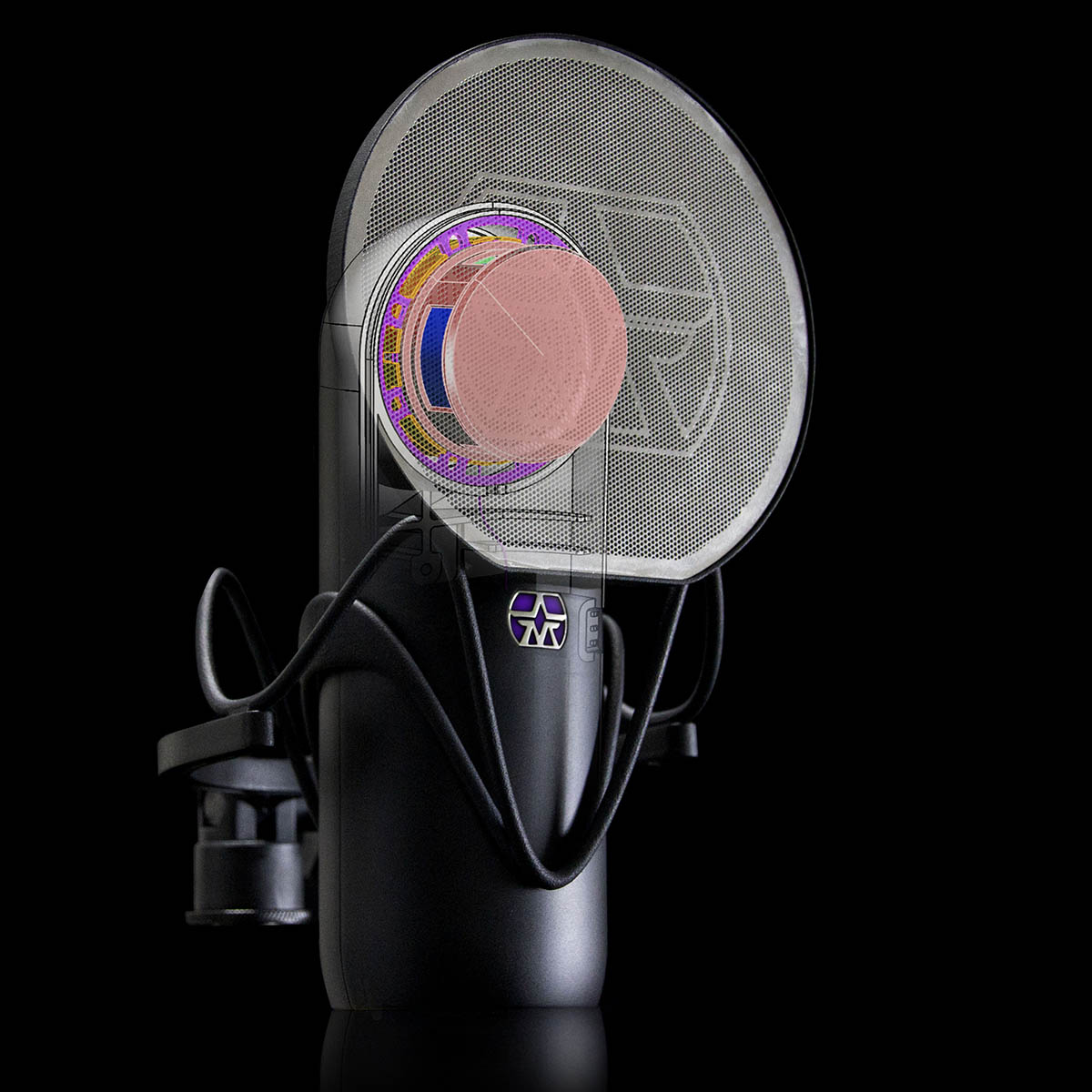 At the heart of the new microphone lies the all-new Ridyon™ capsule. Designed from ground-up in the UK, specifically for Element, the capsule combines the best attributes of Ribbon, Dynamic and Condenser microphones (RI-DY-ON - see what we did there?). These are the ‘big-three’ variants which have dominated the mic landscape since Elvis was in nappies. All three have their strengths, but also their weaknesses…
At the heart of the new microphone lies the all-new Ridyon™ capsule. Designed from ground-up in the UK, specifically for Element, the capsule combines the best attributes of Ribbon, Dynamic and Condenser microphones (RI-DY-ON - see what we did there?). These are the ‘big-three’ variants which have dominated the mic landscape since Elvis was in nappies. All three have their strengths, but also their weaknesses…
Ribbon mics, while extremely sensitive and popular for their retro-warmth, are typically fragile and need huge magnets to operate. However they tend, unless eye-wateringly expensive, to roll off significant amounts of HF detail which severely limits their application.
Condensers are famed for their ultra-detailed ‘studio’ sound, but this is often at the cost of ‘warmth’ in performance.
The trusty dynamic mic offers great durability and deals well with loud sound sources, and adds punch to recordings, but usually without the detail and high frequency performance needed for many studio recording applications.
Element’s Ridyon™ capsule, in true Aston tradition, tramples on what has gone before. It features a high-efficiency magnet which, despite its compact size and modest weight, is more powerful than those found in most high frequency speaker drivers. This means the coil can use less wire, and therefore be much lighter, than those found in other moving coil microphones. Element’s diaphragm is as light as those found in most condensers. It uses Mylar instead of paper (found commonly in dynamics) which, coupled with the lightweight, low impedance coil, results in far better transient and high frequency response than was ever thought possible in this type of transducer. The frequency response of Element extends far beyond 20kHz and below 20Hz giving it the widest frequency response of any electromagnetic (ribbon or moving coil) microphone ever made!
And that’s Element; a tough dynamic mic, which performs tonally like a smooth, warm ribbon but with the extended high frequency response and professional ‘studio sound’ of a condenser. The best of all 3 worlds all rolled into one beautiful package.
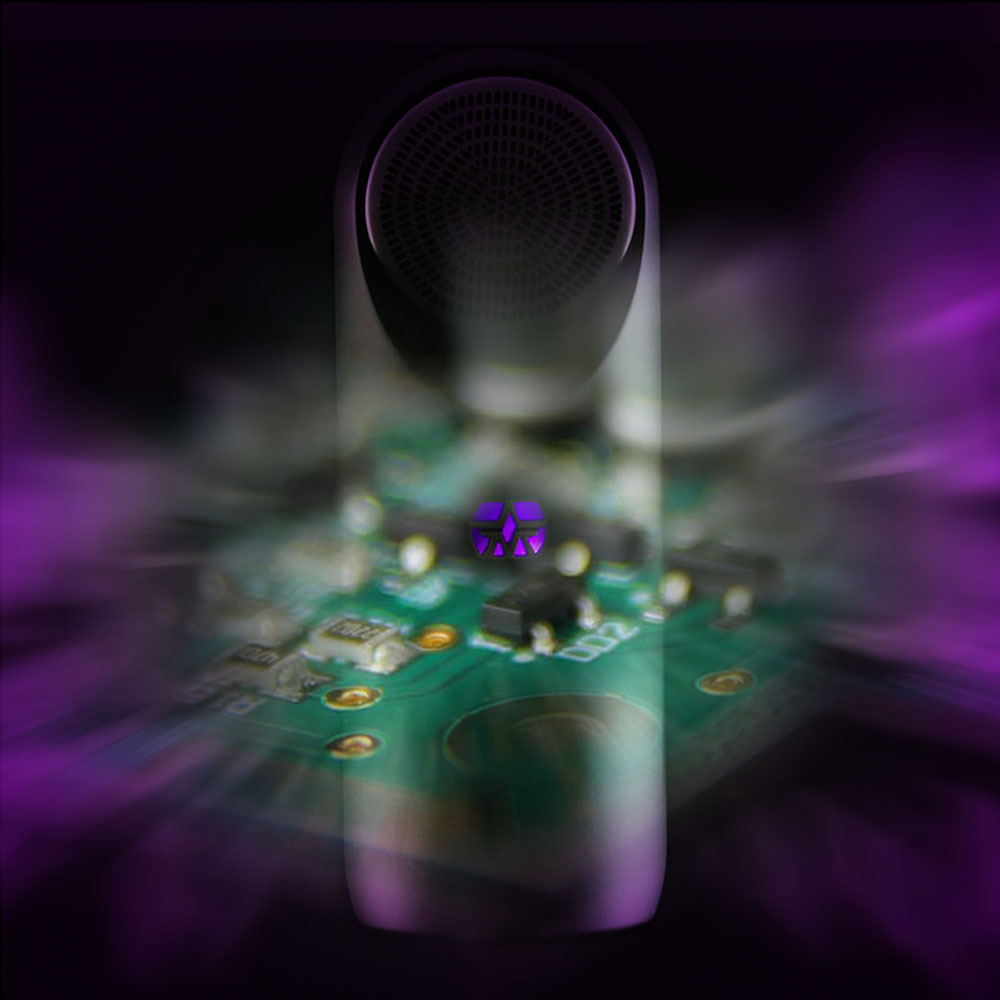
Electronics (PCB)
In order to use such a low impedance transducer, Element employs active circuitry to achieve the desired output level (the logo badge glows reassuringly when the required 48v phantom power is present). Element uses only one stage of parallel, single-ended Class A amplification, employing high current output transistors to maintain a low output impedance and far less self-noise than a conventional microphone preamp circuit.
The amplifying section consists of only 5 electronic components, a much purer signal path than normal in this type of circuit. And Element employs a partially active humbucking circuit using a network of phase inverted coils to cancel any interference from electro-magnetic radiation (a common issue with moving coil microphones). This is one quiet mic! In fact, anechoic tests by NTi Audio, the world’s leading authority in scientific audio measurement, have rated the new mic at 3.8 dBA (A-weighted) making Element the world’s quietest microphone! (the next quietest we know of, a well-known best-seller from one of the major brands, weighs in at 5 dBA and, as dBA is measured logarithmically, that’s a HUGE difference!).
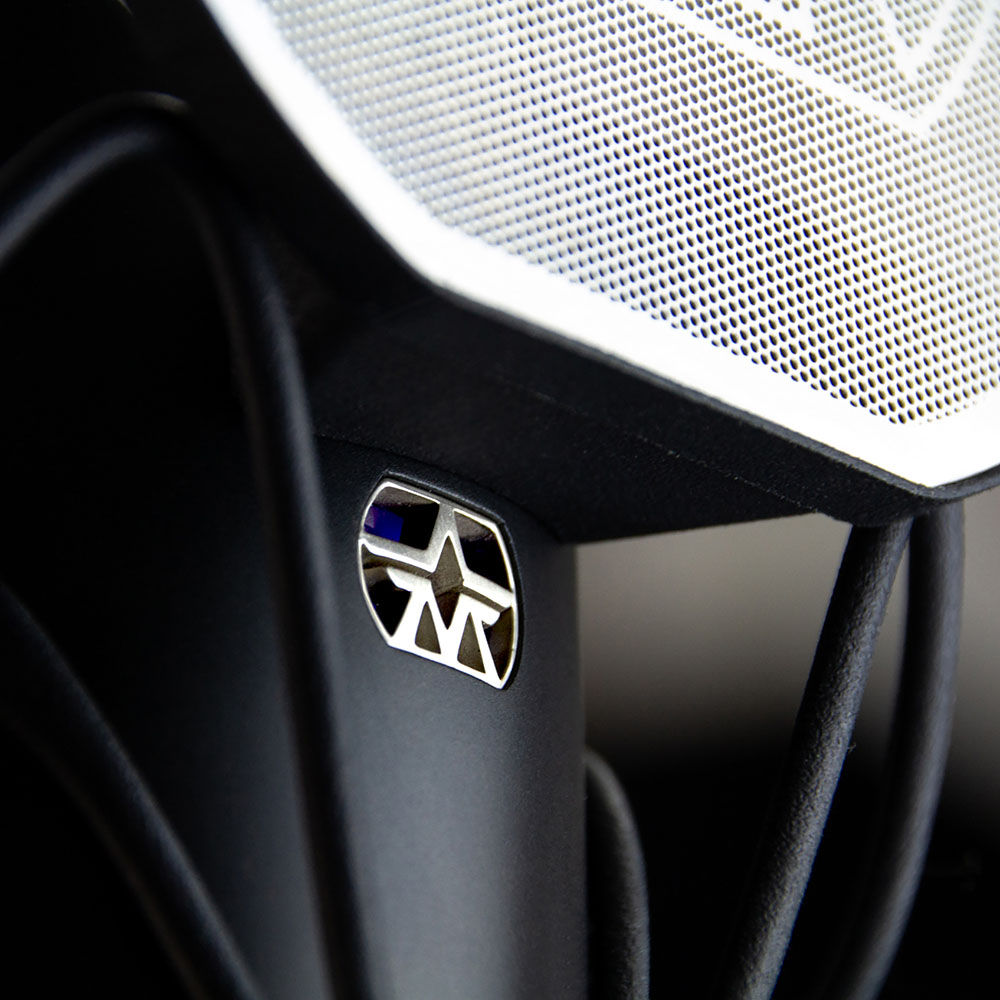 The purple glow
The purple glow
Element’s backlit LED logo badge is not just there for its looks, it gives out a cool Aston purple glow as confirmation the active mic is receiving the 48v phantom power it needs to do its thing. And just when you thought this incredible new beast couldn’t possibly hold any more surprises, the LEDs are dual-purpose. They also uniquely function as an intrinsic part of the audio signal path, providing a fixed bias to the output transistors, making the pre-amp stage far quieter than other mics. Oh, and the glowing badge also shows you which side to sing or play into.. just in case you’re recording in the dark for ‘mood’ effect!
Waveform contoured chassis
Just as many high-end studio monitors feature carefully engineered baffles to help distribute sound smoothly from their drivers, so Element employs a similar concept in reverse. The specially designed contours surrounding the mic’s distinctive grille guides the sound source evenly into the capsule without any distortion of the signal from sharp or unsymmetrical edges, creating even response while also reducing plosives. Meanwhile, the stainless steel grille covering the capsule acts as a diffuser, protecting the sensitive Ridyon capsule inside from the more extreme plosives and helping to deliver a perfectly smooth sound. It also looks so inviting… you just HAVE to sing into it!
FREE accessories!
Our sleep-deprived design team didn’t stop there. A microphone packed with so many innovations just couldn’t be seen with any old OEM pop filter and shock mount, like so many ‘market-leading’ mics in this price category. It needed something special. So they got to work and came up with the ingenious custom accessories needed to turn Element into the complete studio production set-up. And they’re both completely FREE when you buy the mic! Introducing the Element Pop Filter and Shock Mount...
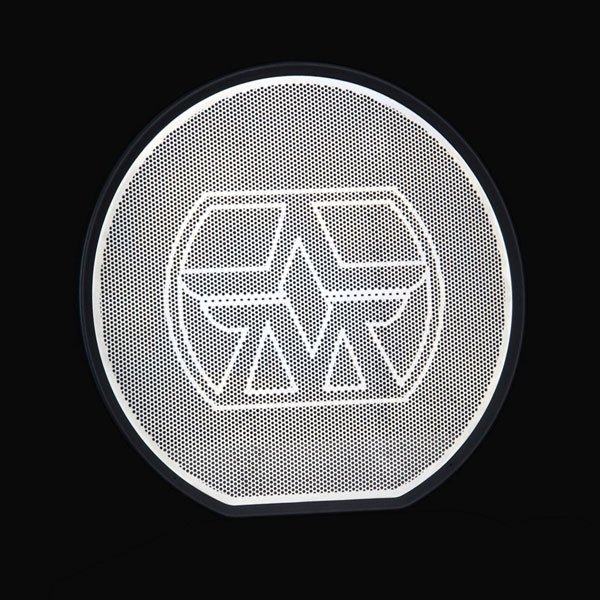
Aston Element Pop Filter
An oh-so-clever, proprietary magnetic Pop Filter which attaches to Element in a split second to all-but eliminate unwanted plosives and ‘esses’. Using some of the same principles employed in Aston’s world-beating SwiftShield, the Element Pop Filter is rugged and aesthetically designed to complement mic’s curves beautifully. It automatically attaches in exactly the correct position for use, and the magnets used to achieve this it are shielded from the mic’s capsule to ensure the audio remains completely free of artefacts. What’s more you can turn the pop shield upside down on the mic when recording instruments, so you don’t have to keep putting it away between takes. It’s always on hand when you need it, in an instant. Another world’s first from Aston.
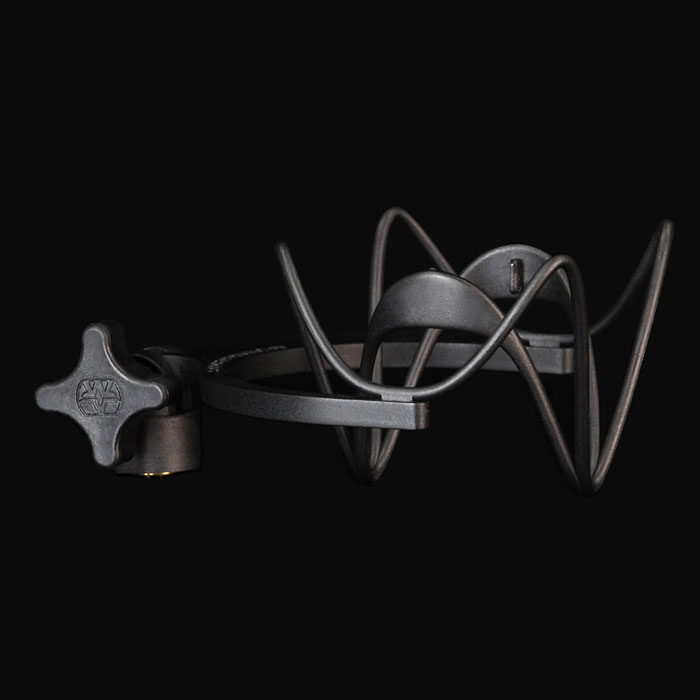
Aston Element Shock Mount
The set is completed by a sleek and stylish Shock Mount which clips to Element in the blink of an eye. Again, it’s a perfect aesthetic match for the microphone and extremely effective. Specially designed to give support and keep out bad vibrations!
Read about the Project Element voting process
Find out more about Elements revolutionary capsule